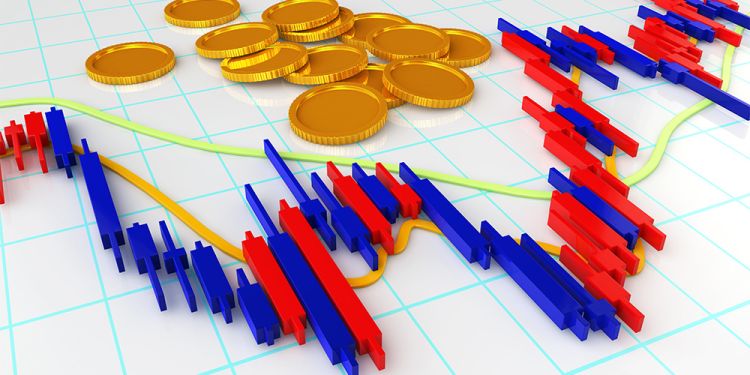Whenever a policy maker wishes to examine the sensitivity of change in quantity demanded due to the change in price, income or price of the related goods, he wishes to study the magnitude of this response with the help of “elasticity” concept. Thereby, the concept is crucial for business decision-making and also for forecasting future demand policies.
Determinants of Elasticity of demand:
Nature, necessity of a commodity: The demand for necessary commmodity like rice, wheat, salt, etc is highly inelastic as their demand does not rise or fall much with a change in price. On the other demand for luxuries changes considerably with a change in price and than demand is relatively elastic.
Availability of substitutes: The Demand for commodities having a large number of close substitute is more elastic than the commodities having less or no substitutes. If a commodity has a large no. of substitutes its elasticity is high because when there is a rise in its prices, consumers easily switch over to other substitutes.
Variety of uses: The Product which have a variety of uses like steel, rubber etc. have a elastic demand and if it has only limited uses, the it has inelastic demand. For eg. if the unit price of electricity falls then electricity consumption will increase, more than proportionately as it can be put to use like washing, cooking, as the price will go up, people will use it for important purposes only.
Possibility of postponement of consumption: The commodities whose consumption can easily be postponed has more elastic demand and the commodities whose consumption cannot be easily postponed has less elastic demand for eg. for expensive jewellery, perfume it is possible to postpone consumption in case the price is high and so such goods are elastic on the other hand, the necessities of life cannot be postponed and so they are inelastic in demand.
Durable commodities: Durable goods like furniture’s, etc, which will last for a longer time have valuably inelastic demand. This is because in such case, a fall in price will not lead to a large increase in demand and a rise in price again will not load to a huge fall in demand. But in case of perishable goods, the demand is elastic is nature.


Comments are closed